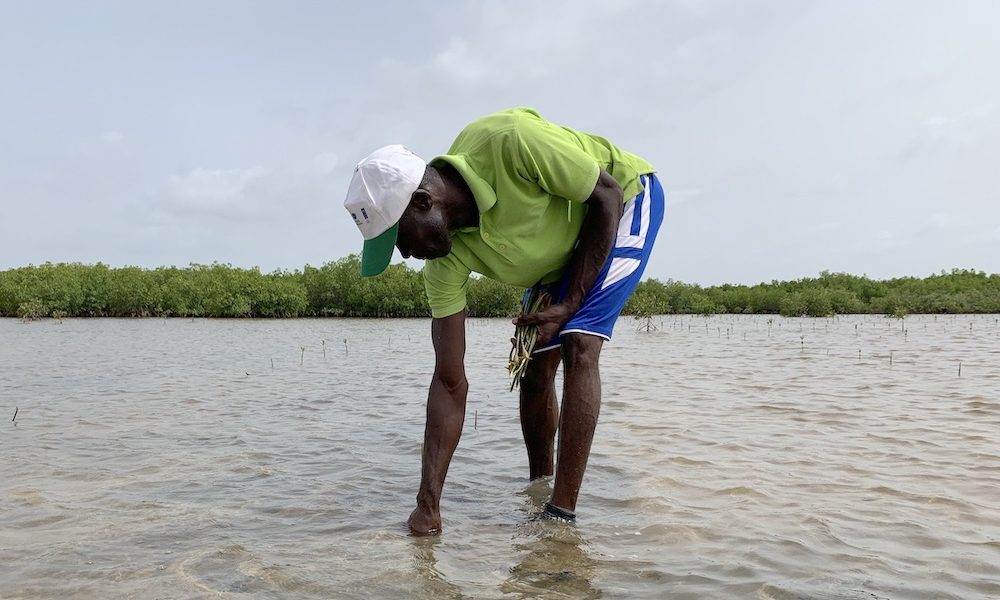An article by Paula Castillo
The ocean and the climate are intrinsically interconnected, forming a symbiotic relationship. The ocean absorbs approximately 30% of the carbon dioxide (CO2) released into the atmosphere by human activities. This process helps regulate the Earth’s climate by reducing the amount of CO2 and mitigating its impact on global warming. Such interconnectedness between the ocean and climate systems is then, key for a livable future.
Coastal wetlands, or blue carbon ecosystems, meaning mangroves, seagrasses, and salt marshes, are highly efficient at sequestering CO2 (up to 10 times more carbon per unit area than terrestrial forests). They take in CO2 through photosynthesis and convert it into organic matter, which is then stored in the plants themselves and in the surrounding sediment. In addition, coastal wetlands act as a buffer against extreme weather events and help to protect communities by reducing land loss from erosion and sustaining livelihoods (adaptation potential). However, not only their adaptation but also their mitigation potential can be enhanced if effective conservation and restoration activities are in place. Therefore, it is central that synergies are strengthened between policy, finance, and biodiversity frameworks at all scales.
To propel forward such progress of ocean-climate action and facilitate substantial financial mobilization, public administrations and the private sector must embrace interdisciplinary approaches to reduce emissions and end fossil fuel dependency across value chains in alignment with sustainable practices. On top of that, governmental organizations have a critical role in prioritizing the integration of blue carbon into their countries’ Nationally Determined Contributions (NDCs), encompassing both mitigation and adaptation strategies.
Here comes Article 6 of the Paris Agreement in play, which empowers countries to collaborate in implementing their NDCs. This provision holds great potential for facilitating finance mobilization and shaping international climate agendas. Besides, Article 6 can trigger cooperative approaches whereby carbon finance can be used to protect, conserve and fund blue carbon ecosystems, while providing development opportunities for coastal communities.
In sum, ocean action is climate action and vice versa. Valuing adequately their dependency is indispensable for building a responsible and environmentally sustainable blue economy, as well as fostering transparent carbon markets. Article 6 mechanisms have the ability to facilitate the implementation of mitigation and adaptation strategies rooted in nature-based solutions that safeguard the environment and human well-being, as the ocean and the climate are two sides of the same coin.





